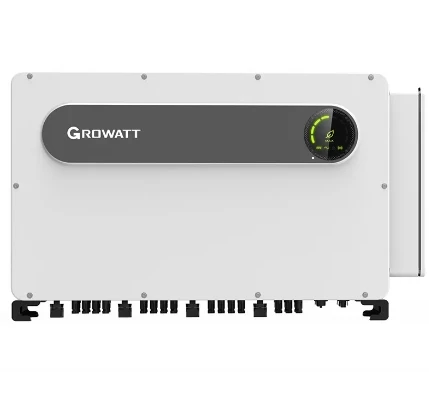Benefits of Using Monocrystalline Solar Panels for Sustainable Energy Solutions
The Advantages of Monocrystalline Solar Panels
As the demand for renewable energy sources continues to grow, many homeowners and businesses are looking into solar power as a viable alternative. Among the different types of solar panels available, monocrystalline solar panels have garnered significant attention for their efficiency and performance. In this article, we will explore the features, advantages, and considerations surrounding monocrystalline solar panels.
What Are Monocrystalline Solar Panels?
Monocrystalline solar panels are made from a single continuous crystal structure, typically composed of high-purity silicon. The manufacturing process involves slicing the crystal into thin wafers, which are then assembled into solar cells. This production method gives monocrystalline panels their characteristic uniform appearance, often recognized by their dark black hue.
High Efficiency
One of the main advantages of monocrystalline solar panels is their high efficiency. Typically, these panels have efficiency ratings between 15% and 22%, which means they can convert a greater percentage of sunlight into usable electricity compared to other types of panels, such as polycrystalline or thin-film solar panels. This improved efficiency allows homeowners to generate more power with a smaller installation footprint, making them an excellent option for areas with limited roof space.
Space-Saving Design
Due to their high efficiency, monocrystalline solar panels are particularly well-suited for urban environments or properties with restricted installation areas. Fewer panels are needed to produce the same amount of electricity when compared to lower-efficiency options. This can be especially beneficial for residential rooftops, where space is often at a premium. Homeowners looking to maximize their energy production without overwhelming their roof or yard will find monocrystalline panels an attractive solution.
monocrystalline solar panels

Longevity and Warranty
Monocrystalline solar panels are known for their durability and long lifespan. Most manufacturers offer warranties ranging from 25 to 30 years, indicating confidence in the product's longevity. The materials used in the construction of these panels are resistant to environmental factors, such as temperature fluctuations and humidity, which can lead to degradation in lower-quality panels. As a result, homeowners can have peace of mind knowing that their investment in solar energy will last for decades.
Aesthetic Appeal
In addition to their functional advantages, monocrystalline solar panels are often preferred for their aesthetic appeal. Their sleek, dark appearance tends to blend well with most rooftops, especially when compared to the blue and reflective surfaces of polycrystalline panels. This visual appeal may be important for homeowners who value the look of their property and wish to maintain its curb appeal.
Considerations and Costs
While monocrystalline solar panels offer numerous benefits, it's essential to consider their higher initial cost. Generally, these panels are more expensive than their polycrystalline counterparts due to the complex manufacturing process. However, many homeowners find that the long-term savings on energy bills, coupled with incentives like tax credits and rebates, help offset this initial investment over time.
Conclusion
In summary, monocrystalline solar panels stand out as a leading option in the solar energy market due to their high efficiency, space-saving design, durability, and aesthetic appeal. While they may come with a higher upfront cost, their benefits often justify the expense, making them a worthwhile investment for those looking to harness solar energy. As technology advances and costs continue to decrease, monocrystalline panels are likely to remain a popular choice for environmentally conscious consumers aiming to reduce their carbon footprint while enjoying the financial benefits of solar power.
-
String Solar Inverter: The High-Efficiency Solution for Smart Solar EnergyNewsJul.14,2025
-
Revolutionizing Rooftop Energy with the Power of the Micro Solar InverterNewsJul.14,2025
-
Power Independence with Smart Off Grid Solar Inverter SolutionsNewsJul.14,2025
-
On Grid Solar Inverter: Powering the Future with Smart Grid IntegrationNewsJul.14,2025
-
Monocrystalline Solar Panels: High-Efficiency Power for the Future of Clean EnergyNewsJul.14,2025
-
Bifacial Solar Panel: A Smarter Investment for Next-Generation Energy SystemsNewsJul.14,2025







